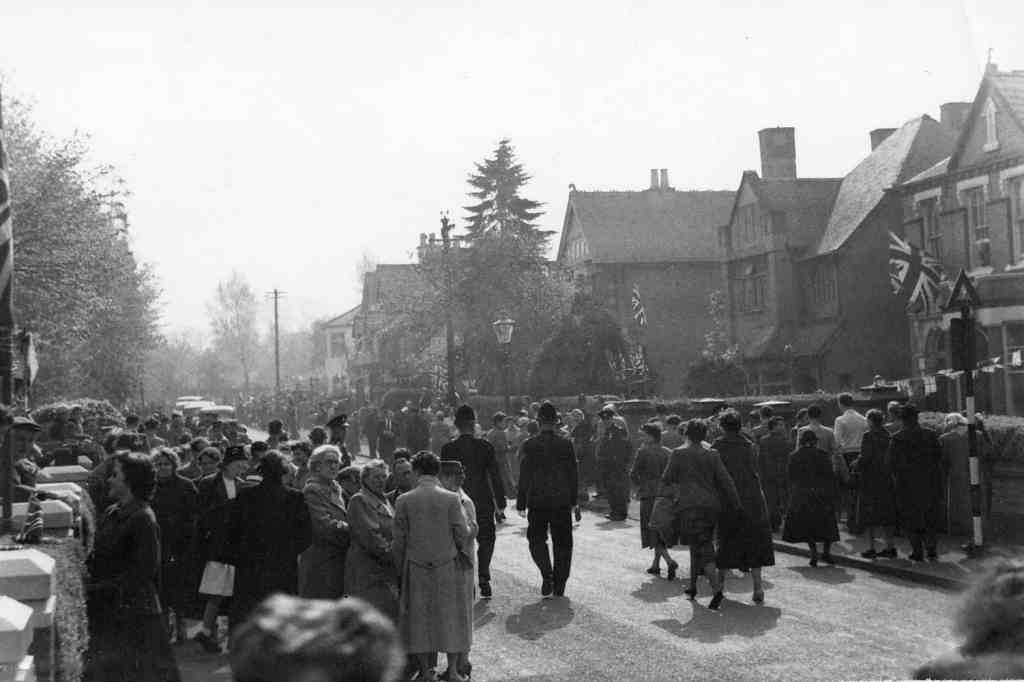Instructions for viewing photo gallery
Instructions for viewing Photo Gallery
The Queen visits Hagley
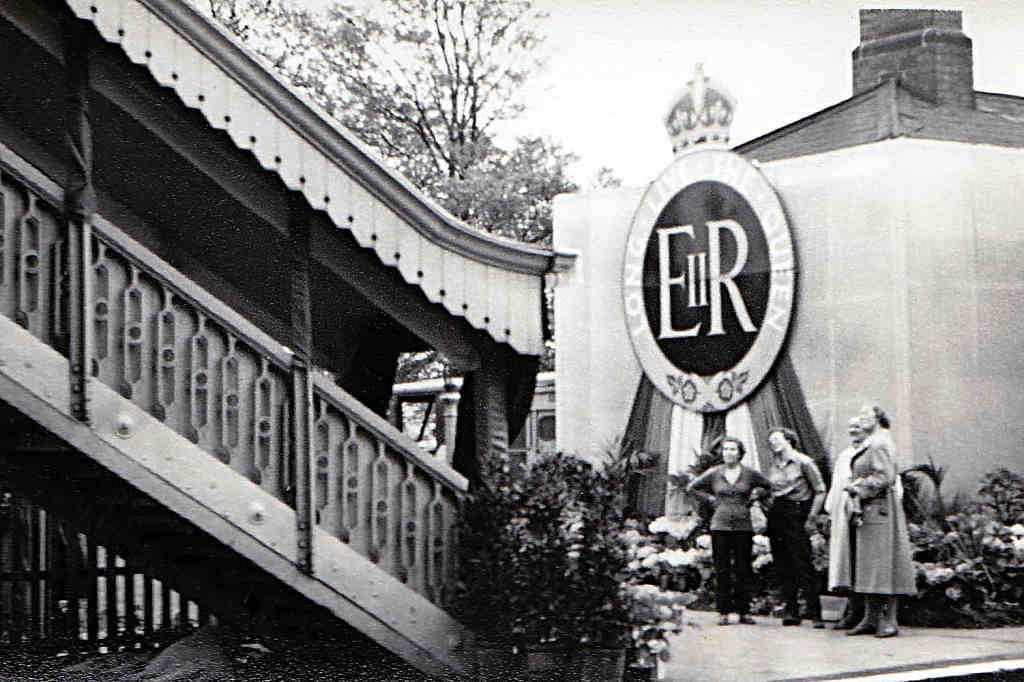
Decorations on Hagley station building. For the description of the visit see The Queen Visits Hagley in the 'Local History' section of this website.
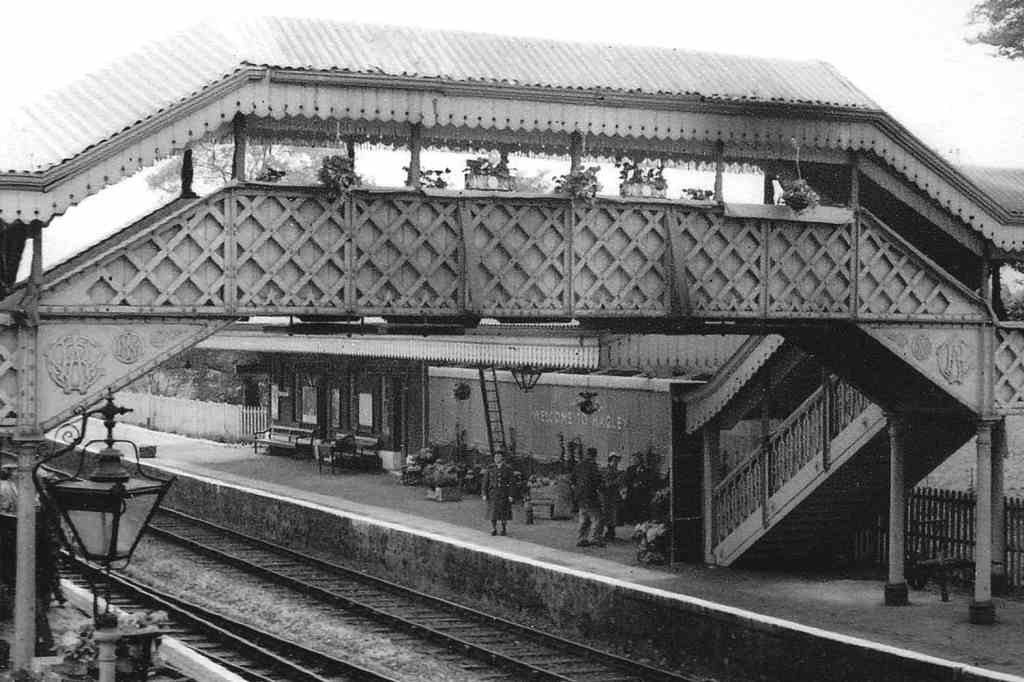
Decorations on Hagley station platform and bridge. For the description of the visit see The Queen Visits Hagley in the 'Local History' section of this website.
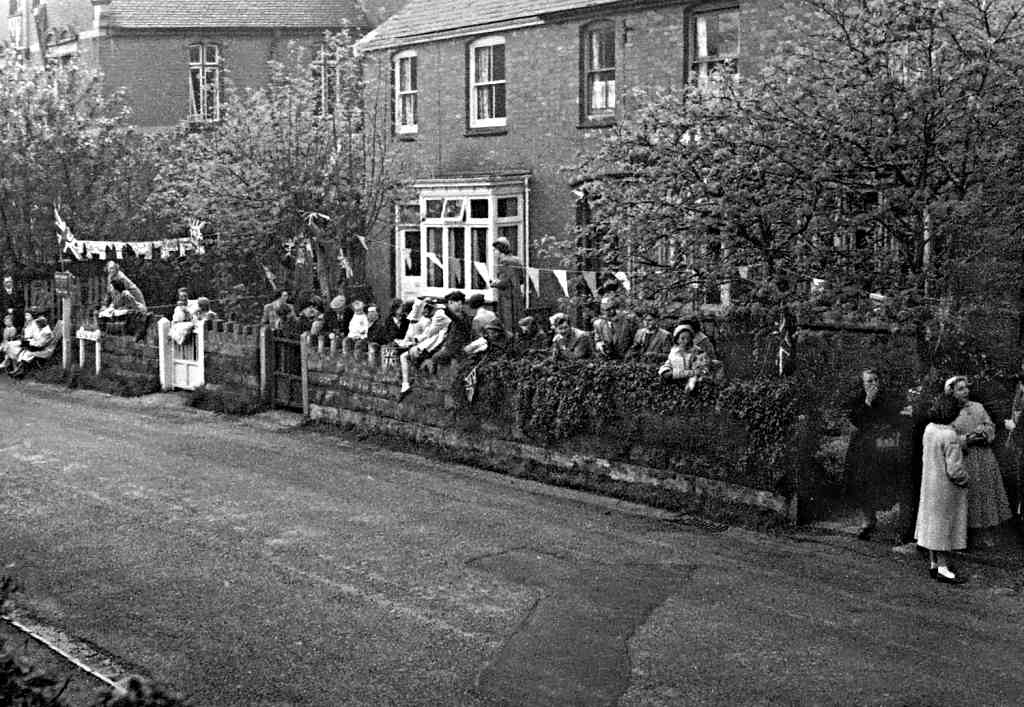
Crowds waiting in Station Road to see the Royal couple pass by. For the description of the visit see The Queen Visits Hagley in the 'Local History' section of this website.
Hagley Railway Station
Hagley Railway Station as it was in the days of steam

This view shows the crowds that were there to see Queen Elizabeth and Prince Philip when they visited Hagley in 1957. Current thinking on health and safety would prevent the mass trespass on railway land seen here! The sidings were taken up in the1960s. Note the coal merchants’ huts in the background.
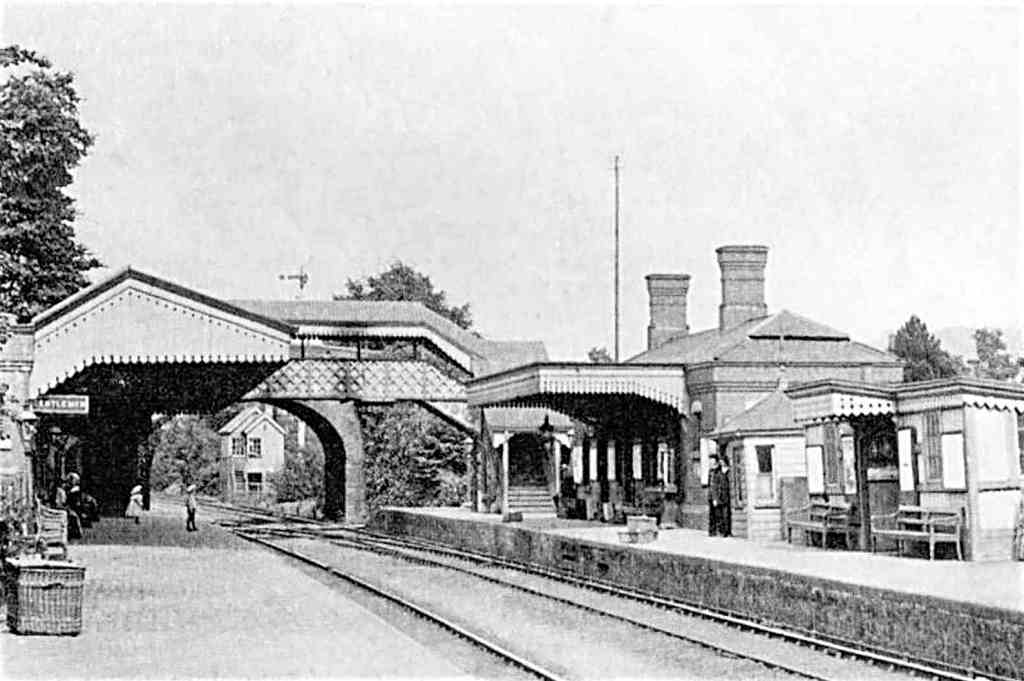
This view of the station was taken in the early twentieth century. The large building on the right is a typical GWR late nineteenth century structure but the wooden building on the same platform is much older. The building on the other platform has now gone but it survived (without its canopy) until the 1980s. Notice the very tall signal by the signal box, positioned so that it could be seen over both bridges. The inhabitants of the village fought the GWR from 1875 until 1884 to get improved facilities until the rebuilt station and approach road opened later that year, jointly funded by both parties.

This photograph was taken on 15th July 1961 and shows 5095 Banbury Castle on a stopping train from Wolverhampton to Worcester. The signal box was opened, with others of similar design between Kidderminster and Rowley Regis, in 1887/8. The tiny goods yard on the left is seen with a solitary coal wagon, loading gauge, cattle dock and typical GWR pagoda roof corrugated iron hut: the prosaically titled The Sidings residential development now occupies the site.
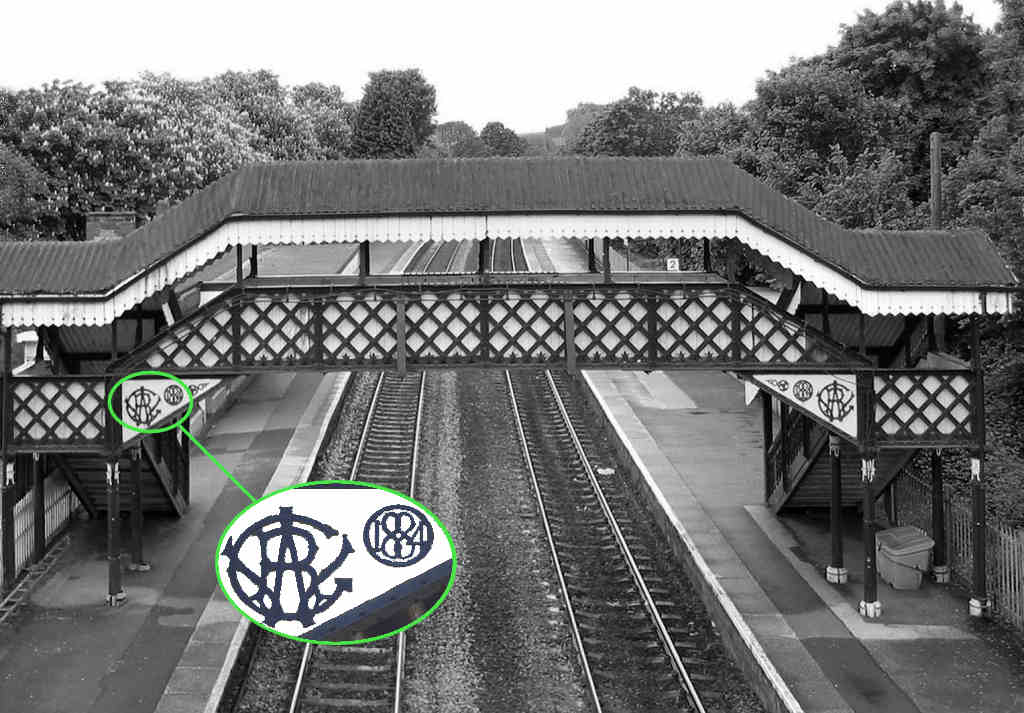
Despite being awarded Grade 11 listed status in 2000, the footbridge is a standard Great Western Railway product, to be seen across that railway. The decorative ironwork includes its date of construction and of the rebuilding of the station, 1884, as well as interwoven letters ‘GWR’. The Hornby plastic model used the Hagley footbridge as its inspiration.
The Oxford, Worcester and Wolverhampton Railway opened its line from Droitwich to Stourbridge on 1st May 1852, but a station at Hagley did not appear in the timetable until ten years later. As can be seen by the unusually wide spacing between the tracks, the formation was made sufficiently wide to accommodate Brunel’s broad gauge track. Some sources claim that a single broad gauge train travelled the mixed gauge track through Hagley as far as Wolverhampton.

